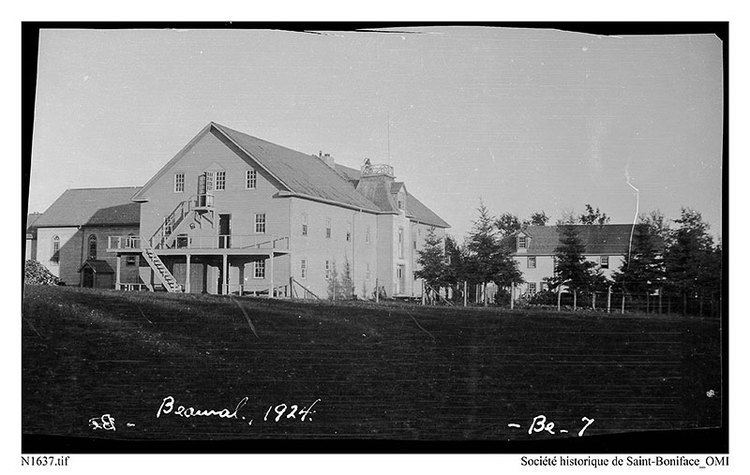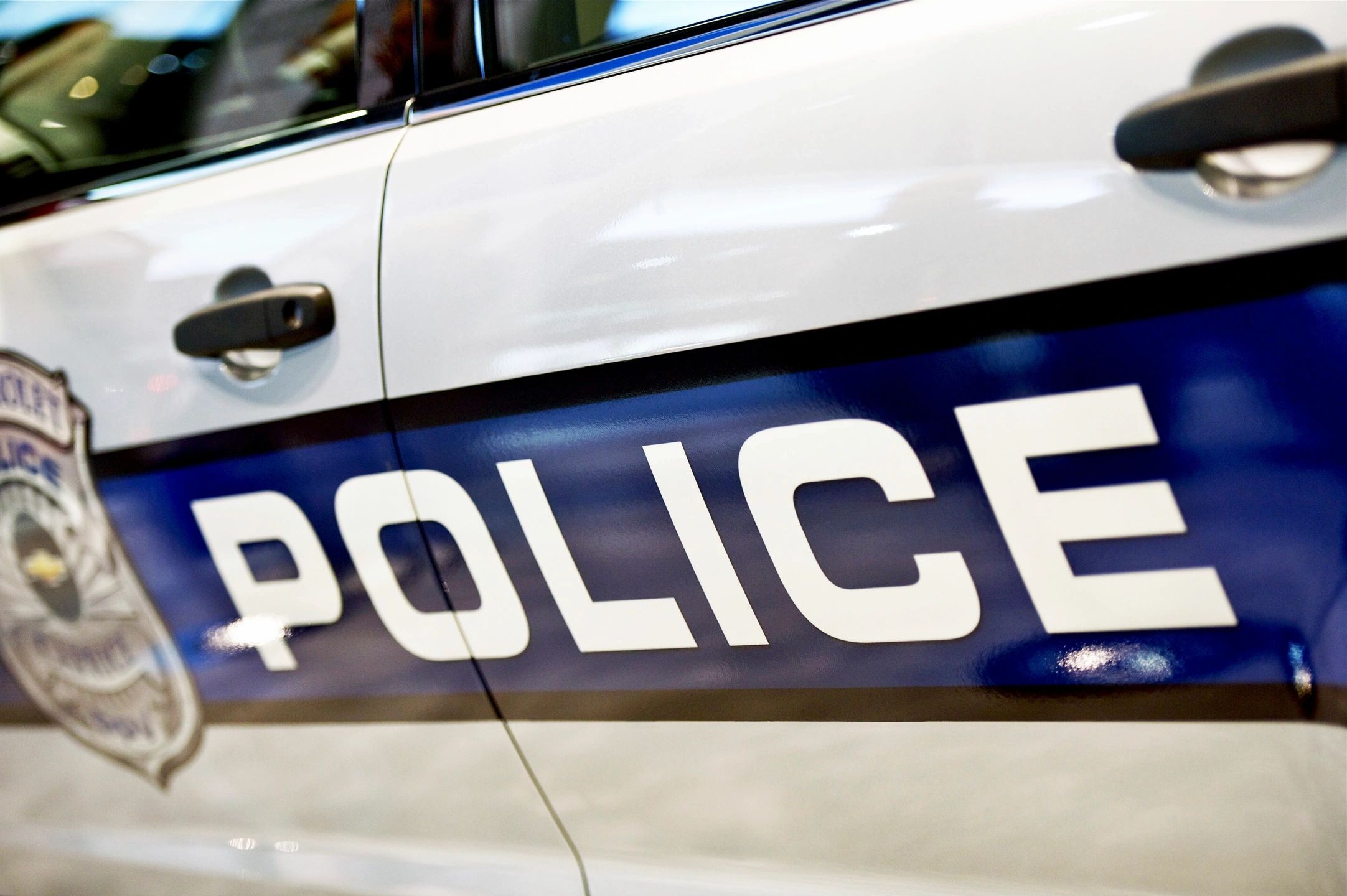Three years after Tk’emlúps te Secwépemc announced the discovery of 215 suspected graves of children, the First Nation is now officially referring to these sites as “anomalies” rather than confirmed graves.
In a recent statement, the First Nation announced a Day of Reflection to mark the anniversary of the 2021 announcement, which quickly garnered global headlines, inspired an official visit from Pope Francis, and prompted the Canadian federal government to fly flags at half mast for over five months.
The initial announcement led to a prolonged period of public outrage and an unprecedented wave of arson attacks on predominantly Indigenous churches. In the summer of 2021, more than 60 Canadian churches were destroyed, desecrated, or vandalized.
The Day of Reflection statement used language almost identical to the 2021 announcement, but it replaced the term “remains of 215 children” with “anomalies.”
Compare that to the May 27, 2021, announcement from the First Nation: “This past weekend, with the help of a ground penetrating radar specialist, the stark truth of the preliminary findings came to light—the confirmation of the remains of 215 children who were students of the Kamloops Indian Residential School.”
In 2021, what had been found was evidence of soil disturbances. Over the Victoria Day weekend that year, a contractor used a ground-penetrating radar unit to survey a field near the former site of the Kamloops Indian Residential School. They detected 215 locations with soil densities different from the rest of the field.
However, Tk’emlúps Chief Rosanne Casimir included the term “mass graves” in a successful motion passed at a July 2021 meeting of the Assembly of First Nations.
Resolution number 01/2021 stated, “the mass grave discovered at the former Kamloops Indian Residential School reveals Crown conduct reflecting a pattern of genocide against Indigenous peoples,” and called on Canadian authorities to establish a “verified list of all known locations of mass graves.”
The 215 had always been described as “undocumented deaths” unaccounted for by official records.
Long before the discovery of the Kamloops anomalies, Indian Residential Schools were known for having high rates of student mortality. Many students were buried in onsite graveyards with wooden markers that have since decayed.
Records meticulously gathered by the Truth and Reconciliation Commission document 51 known deaths at the Kamloops Indian Residential School, although there are no recorded deaths from the early 1900s, when Canadian residential schools were repeatedly hit with devastating tuberculosis outbreaks.
Overall, the 3,200 known child deaths throughout the Indian Residential School program indicate a fatality rate of roughly one in 50, though this rate was significantly higher in the decades before the First World War.
For instance, the Qu’Appelle Indian Residential School experienced a death rate of more than 40 percent of its students within the first six years after its opening in 1884—a rate so high that it caused a scandal even at the time.



